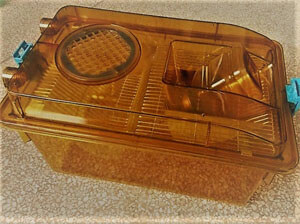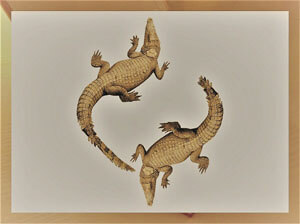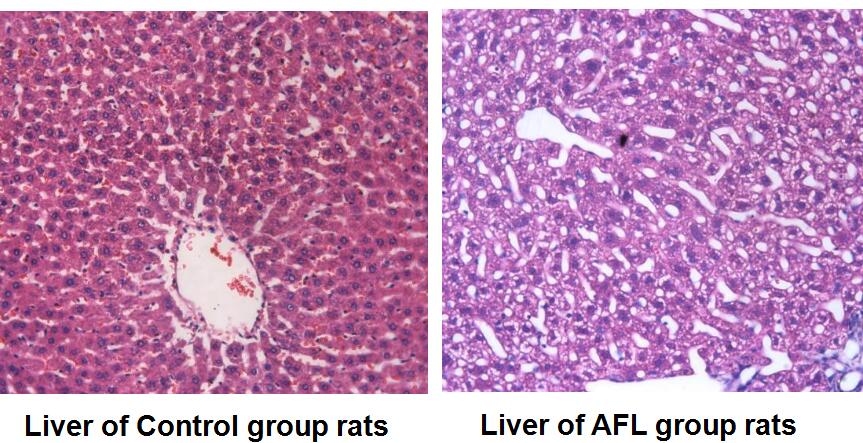Rat Model for Alcoholic Hepatitis (AH) 

Alcoholic Liver Disease
- UOM
- FOB US$ 240.00
- Quantity
Overview
Properties
- Product No.DSI531Ra01
- Organism SpeciesRattus norvegicus (Rat) Same name, Different species.
- ApplicationsUsed to study the pathogenesis of alcoholic liver disease and to screen the drugs for prevention and treatment of alcoholic liver disease
Research use only - Downloadn/a
- Category
- Prototype SpeciesHuman
- SourceChronic alcoholic liver disease (ALD) induced by long term intake of alcohol
- Model Animal StrainsSD Rats (SPF), healthy, male, bodyweight:180g~200g
- Modeling GroupingRandomly divided into six group: Control group, Model group, Positive drug group and Test drug group (three doses).
- Modeling Period12 w
Sign into your account
Share a new citation as an author
Upload your experimental result
Review

Contact us
Please fill in the blank.
Modeling Method
1. Rats in normal group were free to drink water.
2. Rats in alcoholic fatty liver disease(AFL) group drink alcohol, the alcohol concentration from the beginning of 5%, each concentration was maintained for a week, in order to 10%, 15%, 20%, 25%, 30%, 35% to 40%, with 40% concentration lasted for 12 weeks.
3. On the course of the experiment, the rats in each group were given ordinary pellet feed for 12 weeks.
4. At the end of the 12th week, the animals were fasted for 12 hours, weighed, and take the blood from the inferior vena cava.
Model evaluation
1. Detection of blood biochemical parameters
The contents of ALT, AST, TC, TG, FFA, LDL-C, HDL-C and blood glucose.
Pathological results
2. Histopathological changes of liver
The results showed that the volume of liver in rats with alcoholic fatty liver and sucrose was significantly increased
Swelling, membrane tension, the edge of the round blunt, milk yellow, greasy section, especially in the abdominal cavity after the accumulation of retroperitoneal fat
Obvious.
HE staining showed that there was no obvious fatty degeneration in the liver of the normal group, and the hepatic lobule structure was normal. In the AFL model group, the liver was filled with a lot of fat degeneration, and the volume of the cells increased.
Cytokines level
The content of TNF-α and ApoB in serum were detected by ELISA method.
Statistical analysis
SPSS software is used for statistical analysis, measurement data to mean ± standard deviation (x ±s), using t test and single factor analysis of variance for group comparison , P<0.05 indicates there was a significant difference, P<0.01 indicates there are very significant differences.
Giveaways
Increment services
-
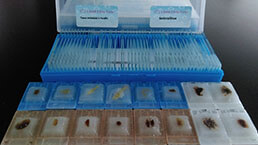 Tissue/Sections Customized Service
Tissue/Sections Customized Service
-
 Serums Customized Service
Serums Customized Service
-
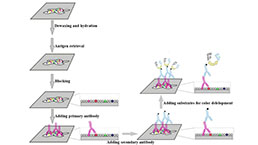 Immunohistochemistry (IHC) Experiment Service
Immunohistochemistry (IHC) Experiment Service
-
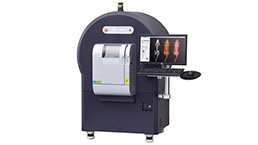 Small Animal Micro CT Imaging Experiment Service
Small Animal Micro CT Imaging Experiment Service
-
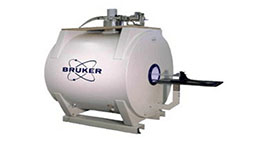 Small Animal MRI Imaging Experiment Service
Small Animal MRI Imaging Experiment Service
-
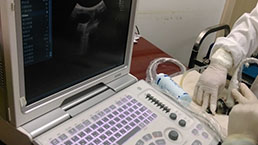 Small Animal Ultrasound Imaging Experiment Service
Small Animal Ultrasound Imaging Experiment Service
-
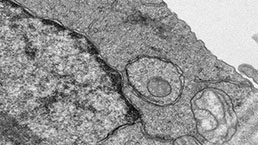 Transmission Electron Microscopy (TEM) Experiment Service
Transmission Electron Microscopy (TEM) Experiment Service
-
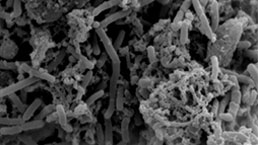 Scanning Electron Microscope (SEM) Experiment Service
Scanning Electron Microscope (SEM) Experiment Service
-
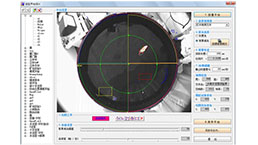 Learning and Memory Behavioral Experiment Service
Learning and Memory Behavioral Experiment Service
-
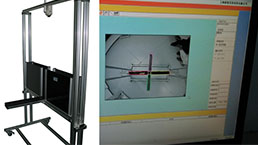 Anxiety and Depression Behavioral Experiment Service
Anxiety and Depression Behavioral Experiment Service
-
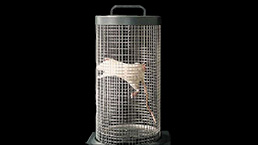 Drug Addiction Behavioral Experiment Service
Drug Addiction Behavioral Experiment Service
-
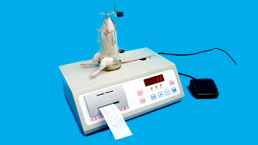 Pain Behavioral Experiment Service
Pain Behavioral Experiment Service
-
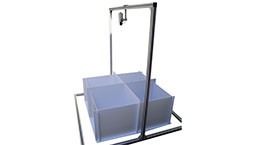 Neuropsychiatric Disorder Behavioral Experiment Service
Neuropsychiatric Disorder Behavioral Experiment Service
-
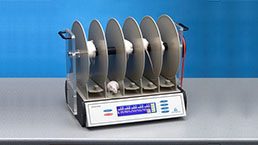 Fatigue Behavioral Experiment Service
Fatigue Behavioral Experiment Service
-
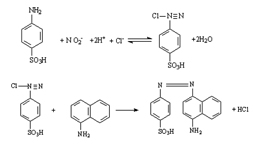 Nitric Oxide Assay Kit (A012)
Nitric Oxide Assay Kit (A012)
-
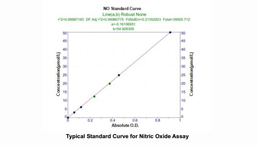 Nitric Oxide Assay Kit (A013-2)
Nitric Oxide Assay Kit (A013-2)
-
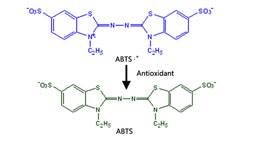 Total Anti-Oxidative Capability Assay Kit(A015-2)
Total Anti-Oxidative Capability Assay Kit(A015-2)
-
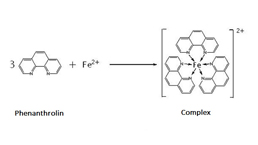 Total Anti-Oxidative Capability Assay Kit (A015-1)
Total Anti-Oxidative Capability Assay Kit (A015-1)
-
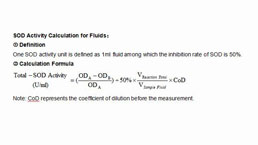 Superoxide Dismutase Assay Kit
Superoxide Dismutase Assay Kit
-
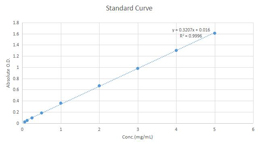 Fructose Assay Kit (A085)
Fructose Assay Kit (A085)
-
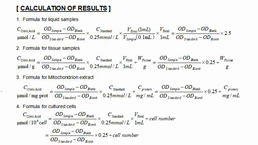 Citric Acid Assay Kit (A128 )
Citric Acid Assay Kit (A128 )
-
 Catalase Assay Kit
Catalase Assay Kit
-
 Malondialdehyde Assay Kit
Malondialdehyde Assay Kit
-
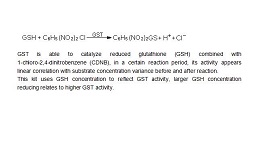 Glutathione S-Transferase Assay Kit
Glutathione S-Transferase Assay Kit
-
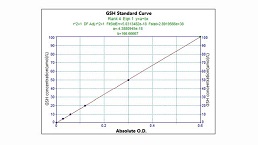 Microscale Reduced Glutathione assay kit
Microscale Reduced Glutathione assay kit
-
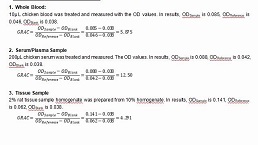 Glutathione Reductase Activity Coefficient Assay Kit
Glutathione Reductase Activity Coefficient Assay Kit
-
 Angiotensin Converting Enzyme Kit
Angiotensin Converting Enzyme Kit
-
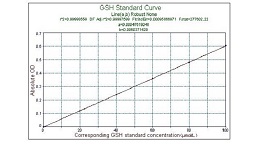 Glutathione Peroxidase (GSH-PX) Assay Kit
Glutathione Peroxidase (GSH-PX) Assay Kit
-
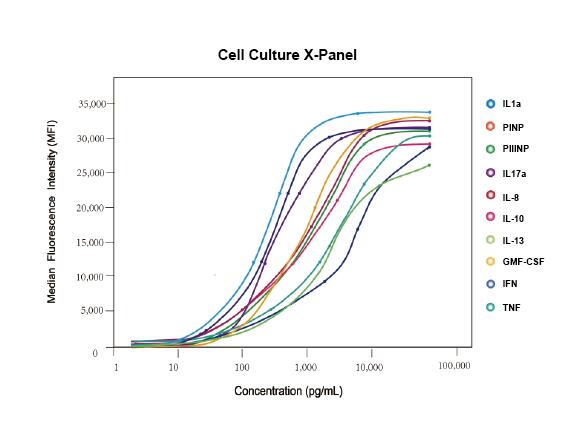 Cloud-Clone Multiplex assay kits
Cloud-Clone Multiplex assay kits



